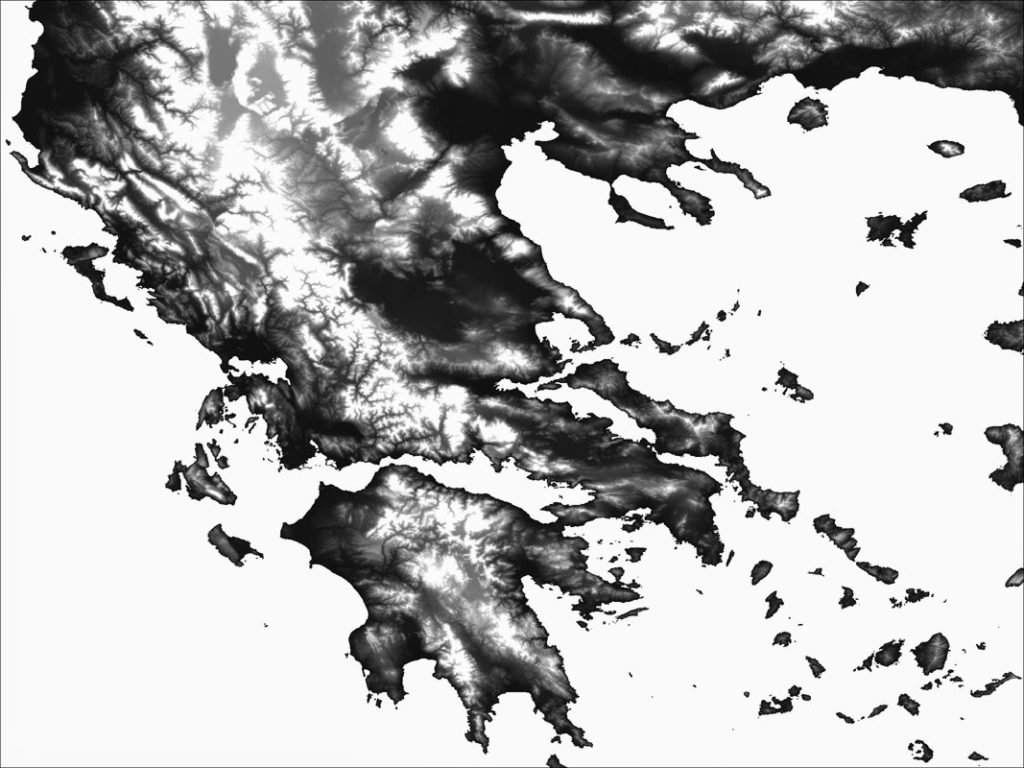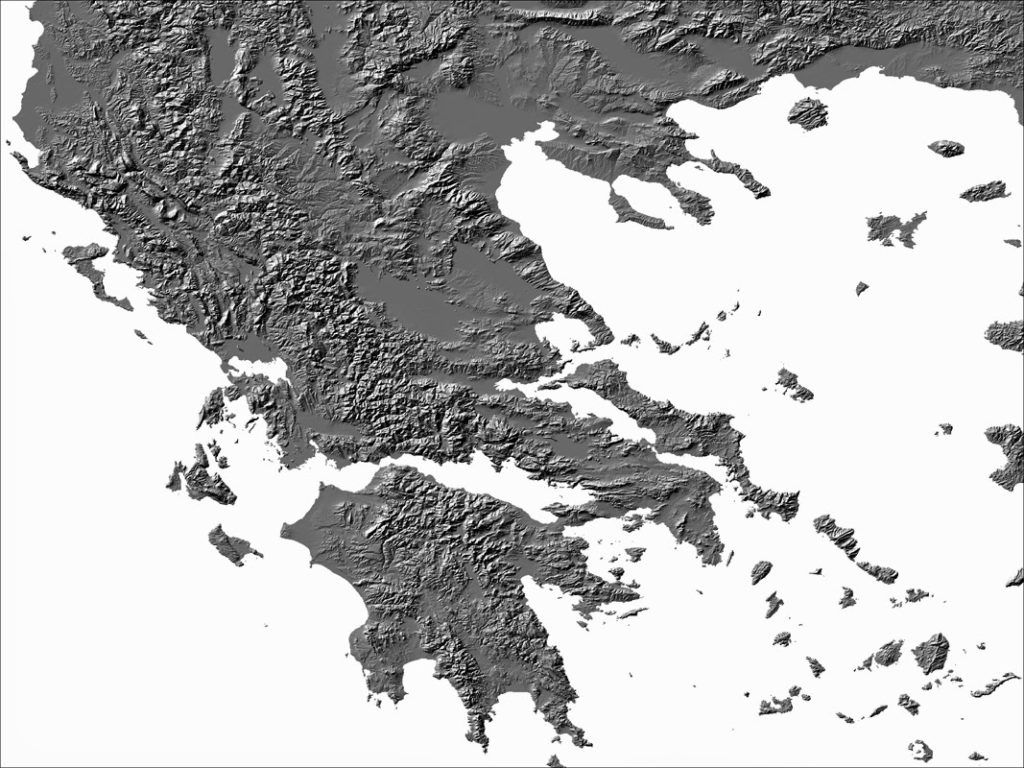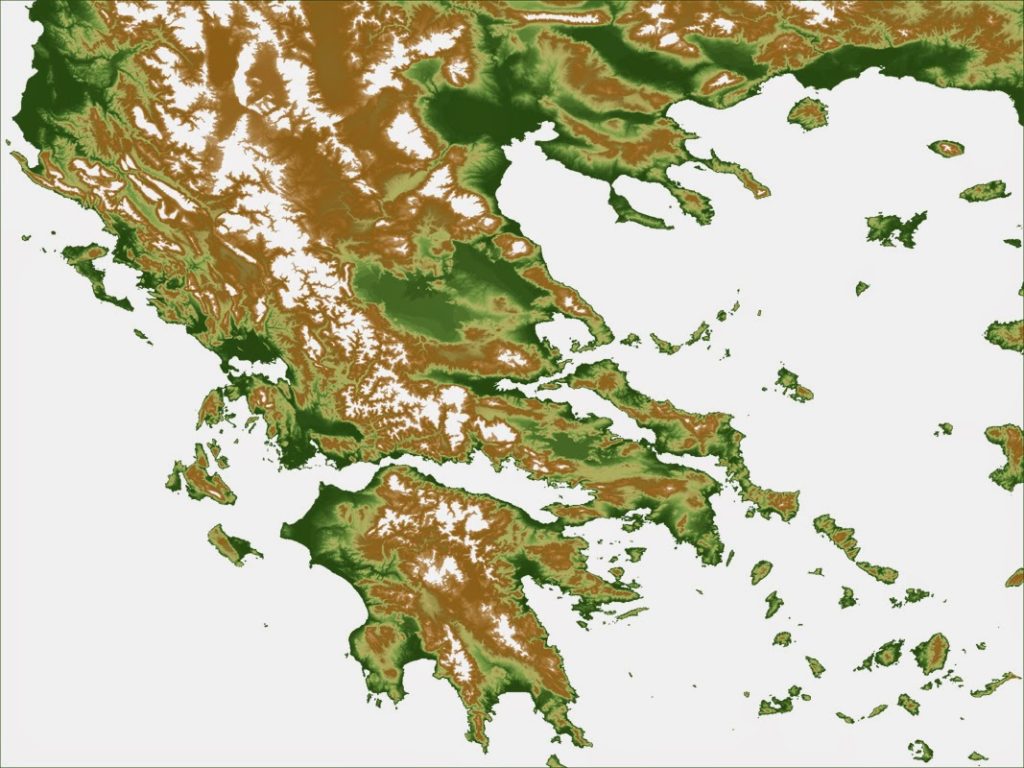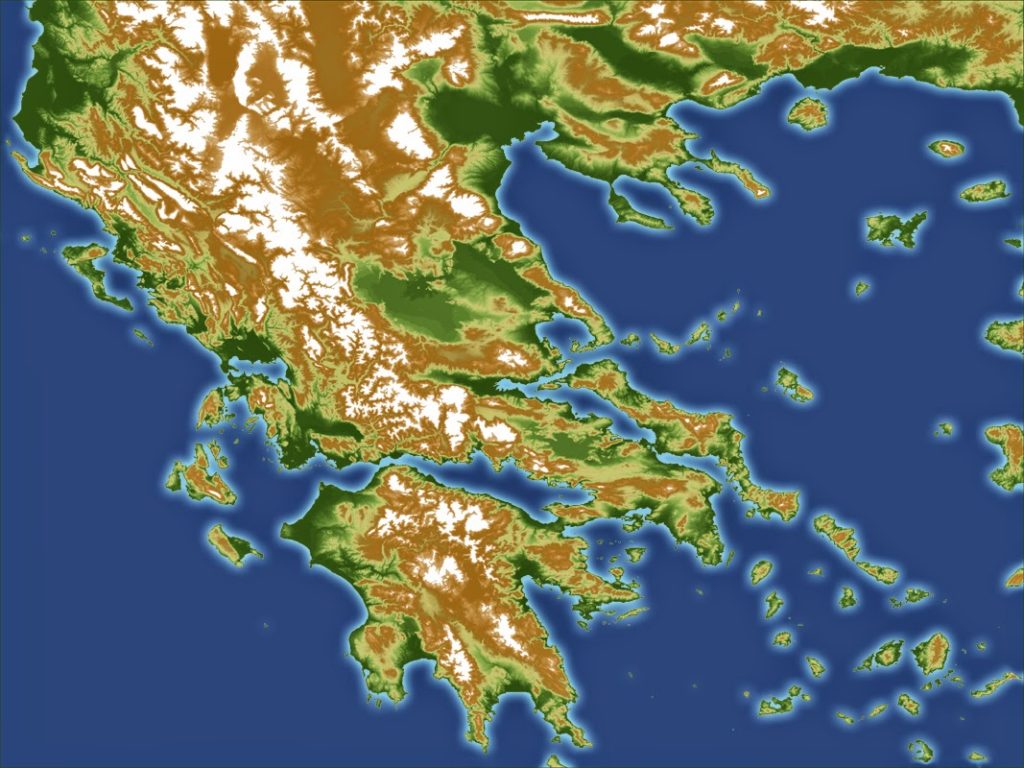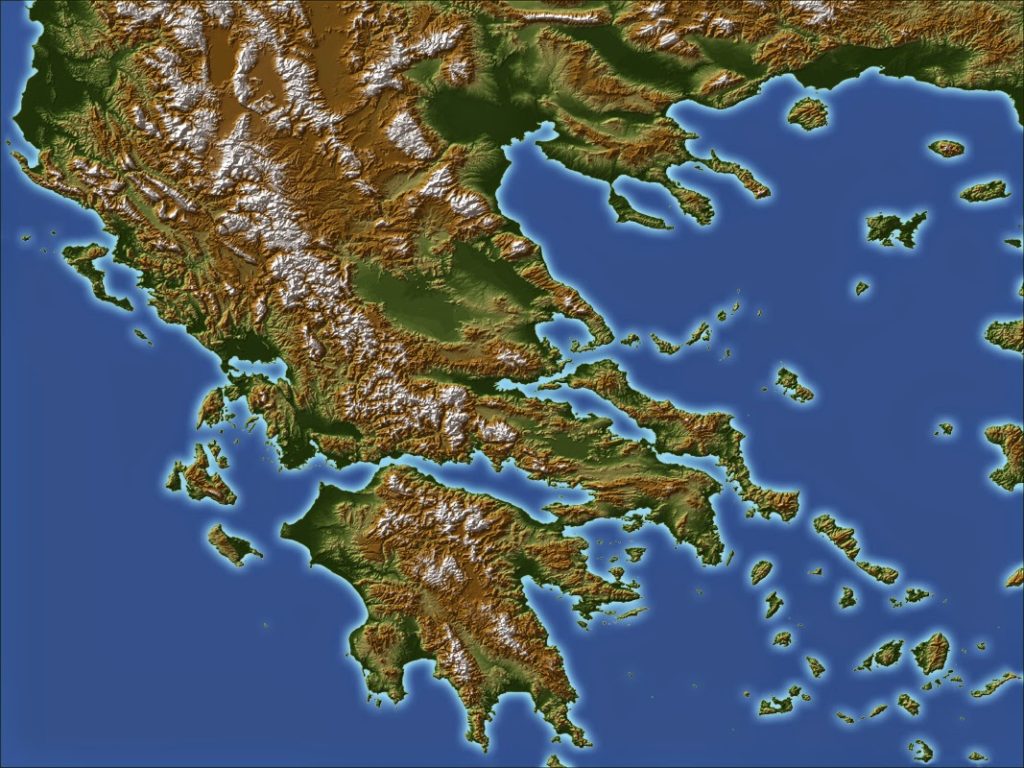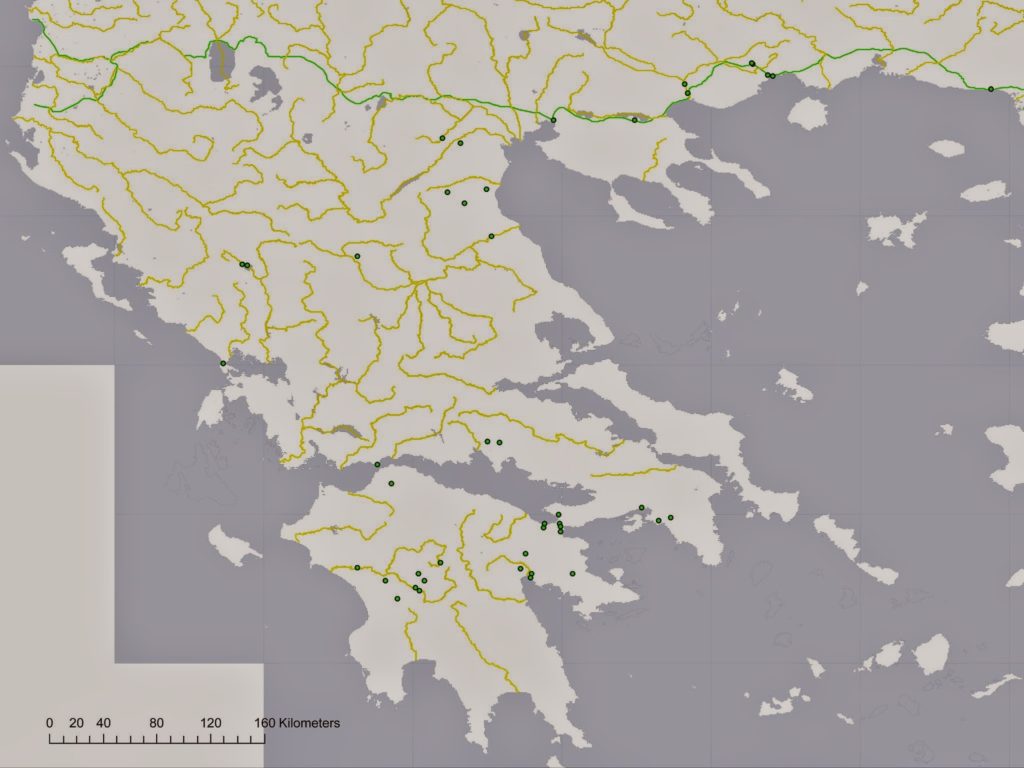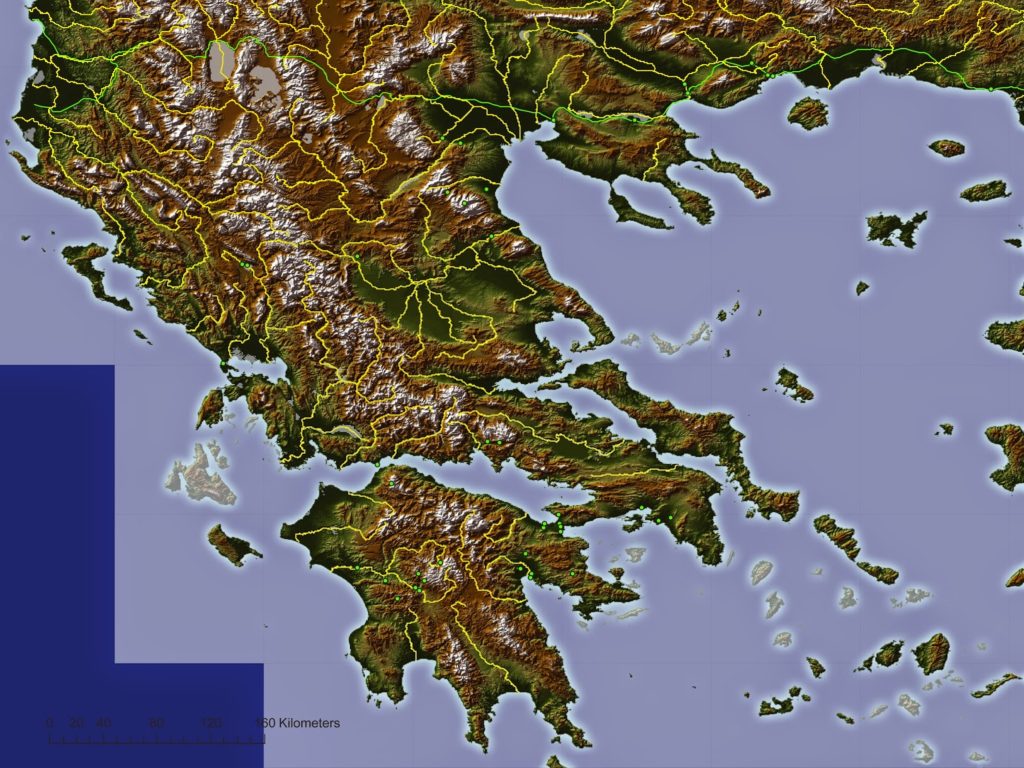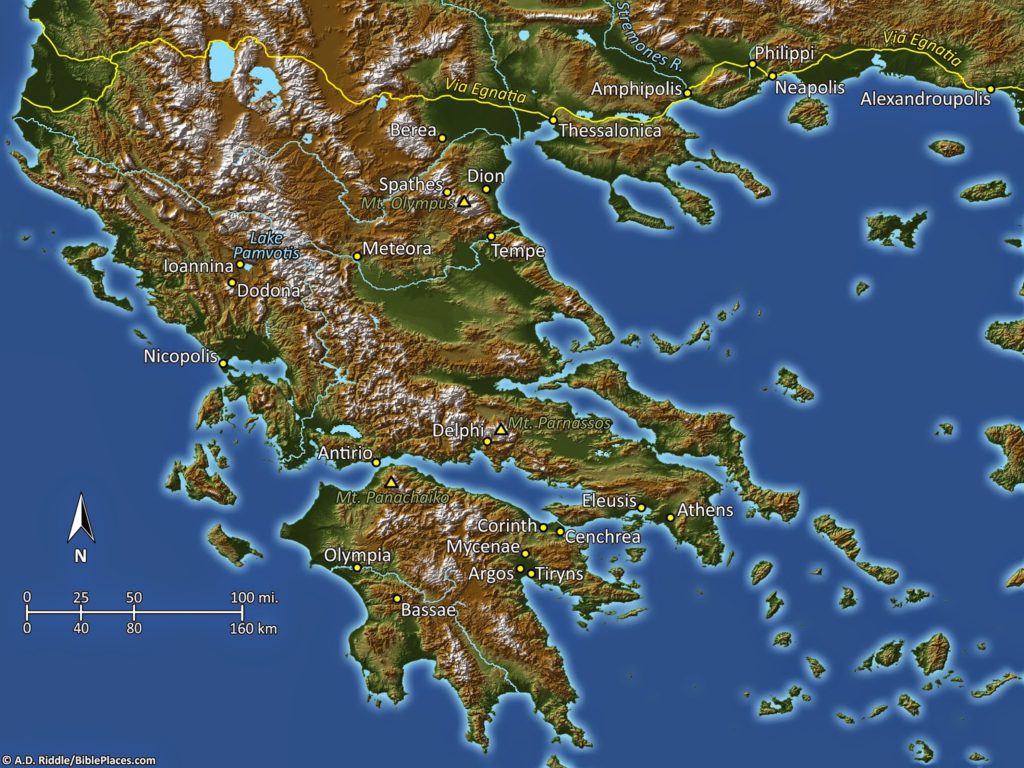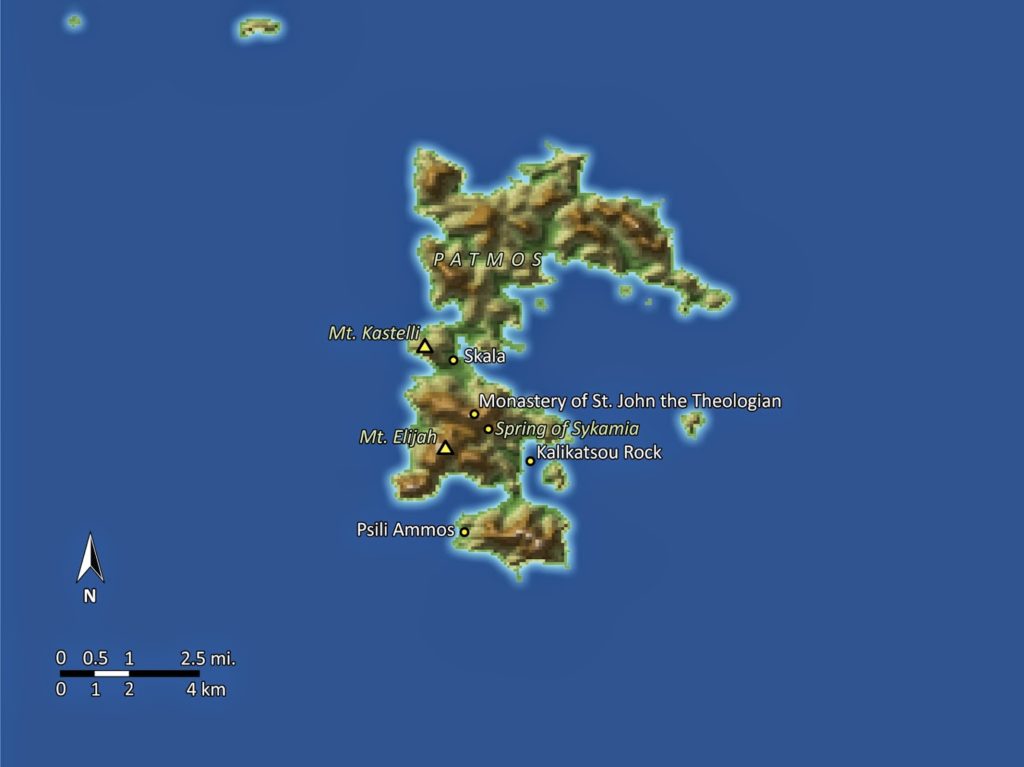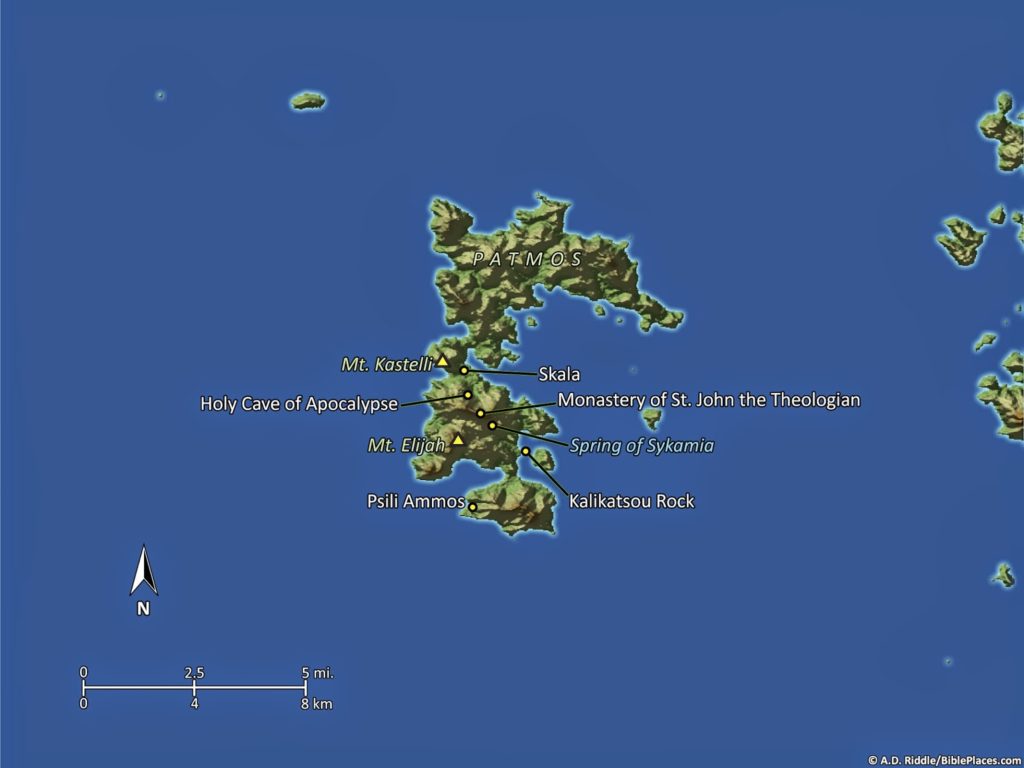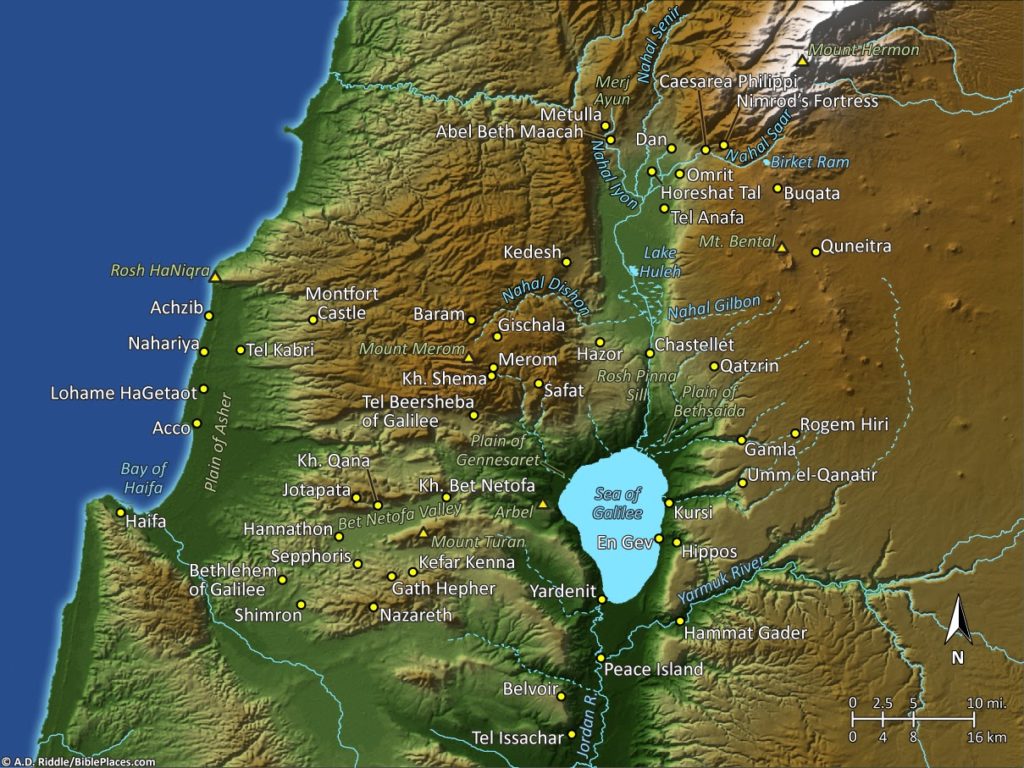In my experience, the most important area of the biblical land that people know the least about is the hill country of Samaria. Its importance is reflected in the fact that it is easier for me to list biblical people who were not in this area than it is to name those who were.
Why is this region generally less known? Most tour groups avoid it. Yes, it is possible to come to Israel and not see Shechem, Samaria, Shiloh, and Ai. In fact, I would estimate that 95% of tourists never see these major sites.
I can’t recommend a tour group that will take you there (though if any tour operators would like to recommend a tour, they are free to do so in the comments below). But I can suggest you watch a short video that will help you to understand this region and its historical significance.
In just 15 minutes, you’ll learn about:
- The capital city of Samaria
- The Trans-Samaria Highway
- The Wadi Fara
- Shechem
- Mounts Gerizim and Ebal
- Shiloh
- Ai
The video includes a historical review of major events, including Jacob’s dream at Bethel, Joshua’s battle at Ai, the tabernacle at Shiloh, Jeroboam’s capital, Baal worship at Samaria, the chariots of fire at Dothan, and the Samaritan woman at Jacob’s well.
Photos and on-location video bring the area to life. This video and others in the series are produced as commentaries for the Satellite Bible Atlas, but the atlas is not necessary to understand the videos. The video was created by Bill Schlegel and includes clips of some of his friends and students. It also makes good use of photos from the Pictorial Library of Bible Lands, volume 2.
15 minutes gets you a great education on this most important biblical region.
For best results, play the video in full screen and change the quality to HD.
